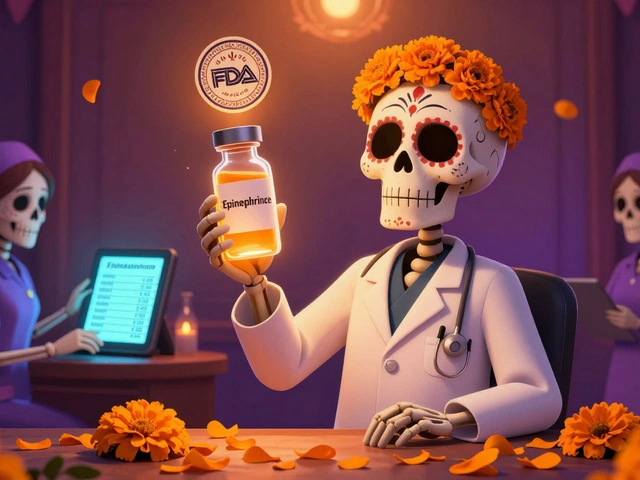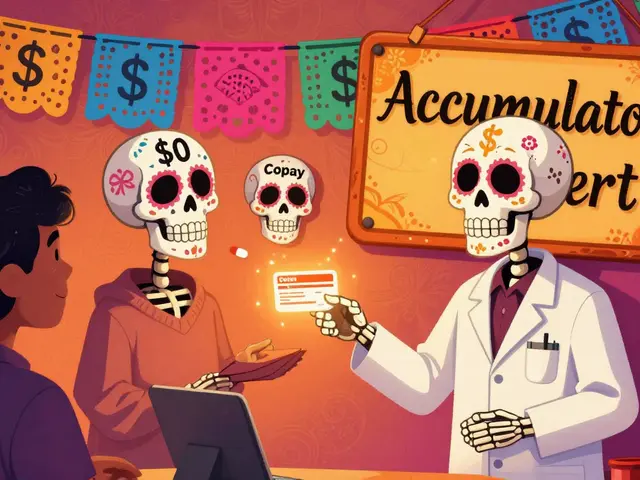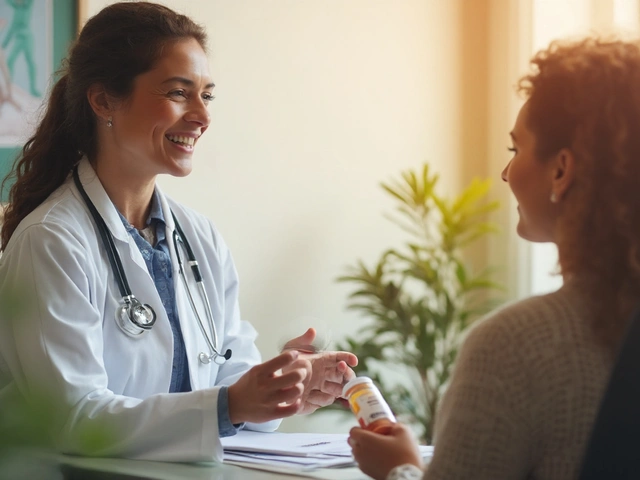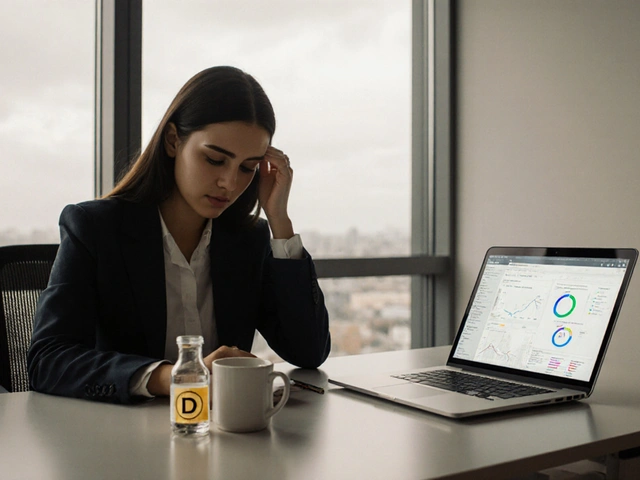Affordable antibiotics: how to get safe low cost options
Need antibiotics but want to avoid high bills? You can find genuine, affordable antibiotics without cutting corners on safety. Start by asking your doctor if a generic is right for you. Generics have the same active ingredient, dose, and effect but cost much less.
Compare prices before you buy. Use prescription savings apps like GoodRx, SingleCare, or RxSaver to check local pharmacy prices and coupons. Don’t assume the first price you see is the best. Call nearby pharmacies; sometimes small independent shops beat big chains.
Consider licensed online pharmacies when local options are pricey. Choose sites that require a prescription and show clear contact details, pharmacy license, and privacy policy. Avoid any seller that offers prescription antibiotics without asking for a doctor’s order.
Watch shipping and import rules. Some antibiotics need refrigeration or are prescription only in your country. Shipping delays or customs can ruin medications or make them illegal to import. For complex drugs like vancomycin or IV antibiotics, get them only through a hospital or trusted provider.
Use patient assistance and community resources. Community clinics, health departments, and some drug manufacturers offer low cost programs or coupons. If you have limited income, ask about sliding scale clinics or programs that cover antibiotic costs.
Shop smart
Buy the right dose and quantity. Bigger packs are cheaper per pill but only buy what your doctor prescribes. Never stop a prescribed course early to save money — incomplete treatment can cause resistance and cost more later.
Opt for oral formulations when suitable. Oral antibiotics are cheaper and easier to ship than injections. If a newer branded drug is expensive, ask about older effective options like amoxicillin, doxycycline, or azithromycin when they fit your infection.
Safety checks
Verify legitimacy. Look for pharmacy accreditation badges like Verified Internet Pharmacy Practice Sites (VIPPS) or country equivalents. Read independent reviews and check return policies. If a deal looks too good, it might be counterfeit.
Keep a record. Save receipts, batch numbers, and photos of packaging in case of side effects or recalls. If you suspect a fake or a bad reaction, contact your doctor and report the seller to your national regulator.
Final tips: always follow your prescriber, avoid self-medicating, and treat antibiotics as a medical decision, not a way to save money on minor ailments. Smart shopping and basic safety checks let you get affordable antibiotics without risking your health.
Also consider mail order or 90 day prescriptions for chronic infections when appropriate; longer supplies often lower the unit price. Ask your prescriber about therapeutic substitution — a cheaper drug in the same class that treats your infection. Some pharmacies will split tablets or offer pills in blister packs to reduce waste. Use cash price if insurance copays are higher than coupon deals. Check expiry dates on arrival and store medications as directed. Finally, keep a simple list of allergies and current meds to avoid dangerous interactions when you hunt for the best price. Save receipts always.

Struggling with the cost of Xifaxan for IBS? This article digs into rifamycin class drug options, insurance strategies, and patient-assistance hacks to help cut your out-of-pocket spending. You’ll find practical advice, real-world tips, and learn about programs that actually work. Get clear, actionable information about finding affordable antibiotics for IBS. Don’t settle for high prices—or less effective treatment. Start saving (and feeling better) today.
Chris Gore Apr 30, 2025




